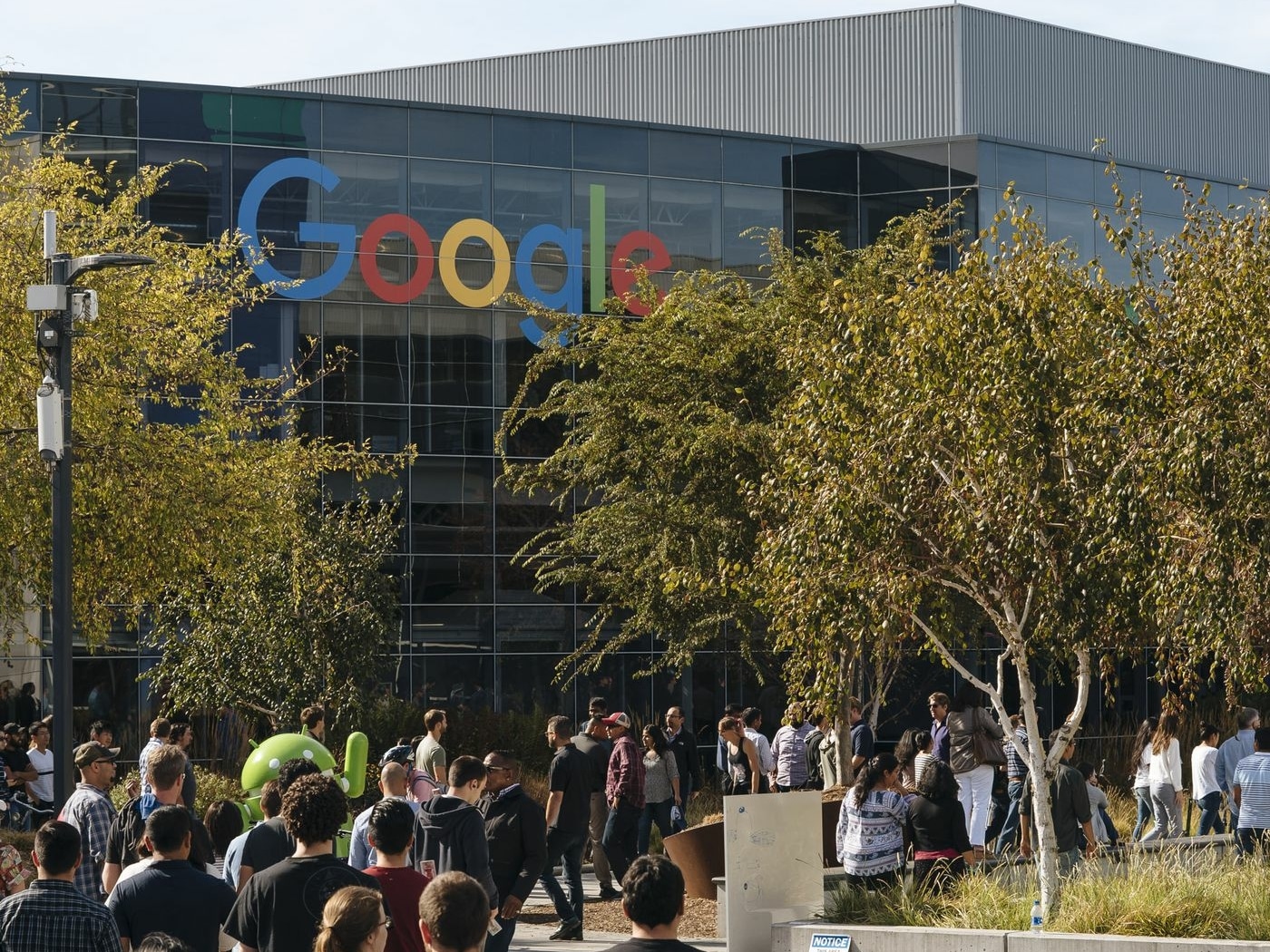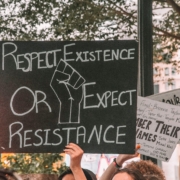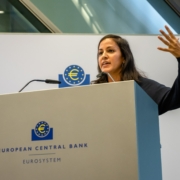3 Ways Companies Can Work with Employee Activism

Should the trend of employee denunciations, which have rattled companies like Basecamp, Coinbase, Facebook, and others, make organizations fret? There is reason to be concerned. Hardly confined within the tech industry, this new type of employee voice is on the rise. Companies are dumbfounded as they deal with the consequences of ostensibly another form of today’s hyper-partisan climate.
Yet, despite the apparent polarization in employees’ views, the bigger story behind this workplace phenomenon may not be politics, but the gap in voice and change-expectations it underscores. While organizations cannot fix the current ideological divide, they can use specific cultural levers to bridge the potential gap. Below is a roadmap on how to do that.
While companies try to adapt to social changes that promote ideas like belonging, fairness, and equality, they become more exposed to latent dissent.
1. Reframing the Role of Prohibitive Voice
At Basecamp, things devolved soon after the new D&I (Diversity & Inclusion) committee confronted a long-standing internal practice of upkeeping a list of funny customer names. For some, the list was unconscionable but juvenile. For others, it had more serious implications. Voicing feedback filled with prohibitive meaning, several employees concurred that creating lists is a way racial violence is stoked. Basecamp senior leadership was flabbergasted: not only was Basecamp’s culture devoid of white supremacy, but the company had always taken good care of its employees. Viewing the rift as inherently political, Jason Fried, Basecamp’s CEO, demanded that people stay away from politics at work. For its part, Basecamp would disband the D&I committee and offer those individuals unlikely ever to feel satisfied with the company’s policies a generous exit package.
While ideological differences may have inflamed the chasm that erupted at Basecamp, the cancelation of dialogue that followed the quarrel over the customer list shows a predictable break in voice expectations. For management, agreeing to an open exchange with employees, such as setting up a D&I committee, is tantamount to a benevolent act of power-sharing employees should correspond with constructive feedback. Not only do leaders prefer promotive voice (i.e., positive suggestions) far more than the prohibitive type (i.e., feedback that highlights shortcomings), but their views of employees may vary depending on the voice contributions these latter ones make.
Despite senior leaders’ expectations, failure to use promotive input in the context of a dialogue about equality and inclusion may not be authority-defying but reflect the dynamics of the change at stake. First, those in the minority may find it important to clarify how current norms and processes play out in favor of the majority. Second, since organizations are trying to tackle forms of inequality linked to identity, having majority members gloss over, box, or downplay the experiences of the minority may feel more like bolstering rather than healing the current disparities. Finally, within the implicit demands of traditional power differences, a dialogue that aims to address issues of injustice may look intrinsically insincere. This doesn’t mean that leaders should welcome chaos to accommodate it, but they will have to do more than start or stop it.
Articulating shared goals, creating a fair process for reciprocal listening, facilitating mature perspective-taking, and continuous learning are ways in which organizations can safeguard the authenticity of their efforts toward a more inclusive culture and, simultaneously, make real progress.
2. Creating the Right Purpose Platform
Last year, companies from Whole Foods to Tesla started facing requests from their workforces for more meaningful action against systemic injustice. A seemingly political movement echoing the Black Lives Matter marches across America, these manifestations were not driven by ideology alone. Politics, for example, cannot shed light on why employees are willing to transgress and endanger their job security yet may fail to go to the polls and vote. Instead, while political in tone, this type of activism more fittingly reflects a shift toward a purpose-driven business model.
Subscribe to the Ethical Systems newsletter
A reorientation that has already gained the formal commitment of 30 percent of corporate America, “purpose” is the language that more and more organizations use to articulate their vision and inspire employees today. But while purpose gives business more levers to deepen employee commitment, as an ethos-enhancing frame, it can also raise an army of purpose warriors who deem it critical to help the organization stay true to its mission. Studies on the consequences of priming purpose-oriented values like self-transcendence or benevolence offer some evidence of this: the activation of a selfless orientation creates greater empathy as well as more altruistic behavior.
Latent dissent is perhaps the voice approach that creates the most risks for organizations today.
Indeed, the question is not whether companies should embrace purpose but how they can do it without generating energy for change that ricochets. Take Facebook, for example, whose mission is to “give people the power to build communities and bring the world closer together.” If, on the one hand, the social media behemoth has actualized a crucial part of what it stands for, on the other, it’s facing the challenge of Facebook-empowered communities sowing divisiveness in the world—an outcome in stark contrast with part of its vision. Employees are rattled, not necessarily because of the political divide that separates them from the company’s primary-user constituency, but because they sense the vast purpose opportunity that Facebook has yet to integrate into its business framework. Whether or not purpose is articulated through a coherent vision, and supported by effective platforms for internal and external impact, can make all the difference in how employees respond—to produce change or create the conditions for change.
3. Managing Unfairness and Avoiding the Build-Up of Latent Dissent
The Google and Facebook walkouts were remarkable examples of how specific protests can induce solidarity across a large cross-section of employees. This shouldn’t be surprising: Workplace denunciations can grow in intensity not solely due to the banner they carry but as an outlet to unvoiced fairness concerns. While companies try to adapt to social changes that promote ideas like belonging, fairness, and equality, they become more exposed to latent dissent. In principle, organizations may aspire to make progress; but practically, they are still captive to the exclusionary ethos that prioritizes excellence and top performers over other principles. Caught in this paradox, not only are employees more likely to experience relative deprivation, but they may find it hard to convey this non-linear sense of unfairness within the context of traditional feedback processes.

By placing employees’ grievances outside of the workplace, latent dissent is perhaps the voice approach that creates the most risks for organizations today. When latent dissent is the only available avenue in the work environment, companies can quickly find themselves in the public eye given the ease with which employees turn to social media or other media outlets. Moreover, since latent dissent brings fairness concerns outside of the organizational context, it is perfect as political fodder.
Though the challenges of latent dissent are complex, they are not unmanageable. Studies show that when employees share high-quality relationships with their managers or experience freedom of speech at work, they are less likely to rely on external channels to convey negative feedback. Notably, the risk of employee denunciations increases not when organizations open the dialogue with employees but when they silence it, precisely what happened to Basecamp and Coinbase after their CEOs decided that employees couldn’t talk about politics at work.
Neither shutting down the dialogue nor getting rid of “troublemakers” will solve the voice challenges organizations are currently facing. Yet, creating openness entails far more than establishing robust and inclusive feedback channels. To facilitate these changes, companies and their stakeholders need strategies and mechanisms for continuous learning, self-reflection, and open inquiry. In this respect, not only should employees feel comfortable discussing their work-related experiences with peers and managers, but senior leaders should feel equal ease in reasoning through the disconnects and contradictions of the organization’s current values system with employees.
It’s only when all organizational stakeholders start leveraging these untapped learning opportunities that the workplace discourse will evolve and deliver transformative growth.
Caterina Bulgarella is a culture architect and a member of Ethical Systems’ core team.
This post was originally published on Forbes, and is reprinted with permission.









